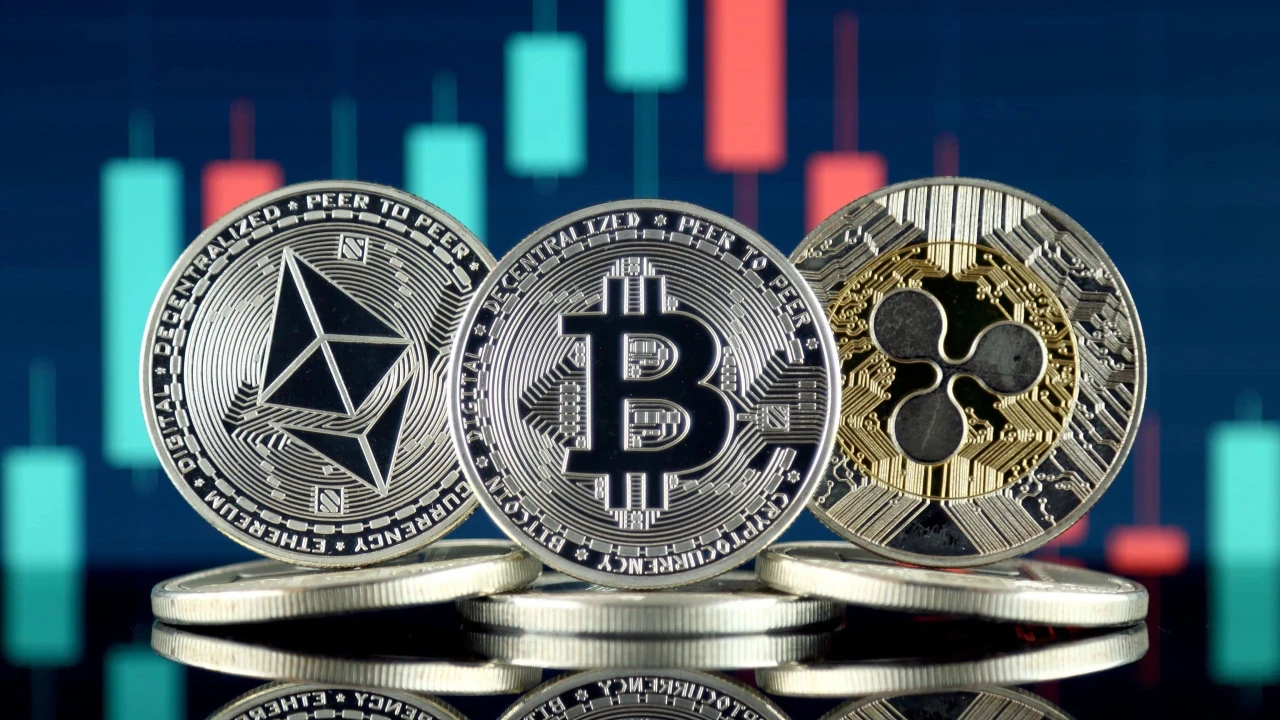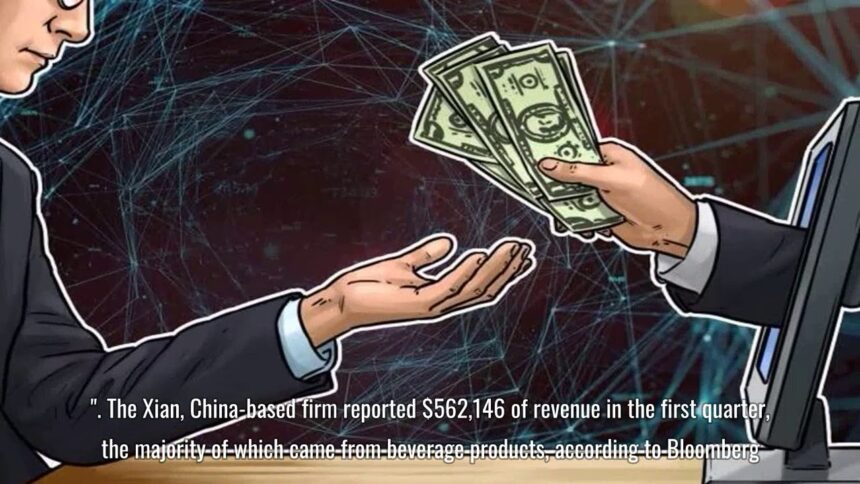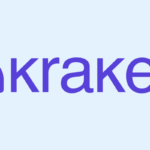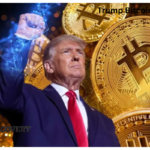Crypto banking licenses, Bitcoin (BTC), and XRP led a $17 billion comeback over the past week as investors prepare for a significant U.S. Federal Reserve policy announcement, and the cryptocurrency market is rebounding dramatically. With many blockchain companies now pursuing full banking licenses, crypto industry executives are strategically moving to close the gap between decentralized finance (DeFi) and traditional banking amid this comeback. This double story of macroeconomic expectation and regulatory integration emphasizes a turning point for digital assets that is absolutely vital. Here is a detailed analysis of the elements behind this comeback and its implications for the direction of cryptocurrencies.
Crypto’s Banking
Unlike Cryptocurrencies‘ anti-establishment roots, big blockchain firms aggressively seek banking charters to guarantee their place in the world financial system. Ripple, the company behind XRP, which recently confirmed its application for a U.S. banking license, is leading the effort. Likewise, while Coinbase looks at custody agreements with licensed institutions, Kraken CEO Dave Ripley disclosed intentions to buy a bank to simplify fiat-crypto transfers.
Banking Licenses
Following the fallout from FTX, regulators want more rigorous compliance. Instead of patchwork state regulations, banking charters enable companies to run under consistent control. Direct interaction with networks like SWIFT and Fedwire could allow XRP or stablecoins to settle low-cost cross-border transactions instantly.
Traditional banking protections and FDIC insurance might draw institutional money cautious of the “Wild West” image of cryptocurrencies. This change points to industry maturation. “Crypto is building bridges to the banks, not trying to burn them anymore,” said Custodia Bank CEO Caitlin Long, who won a historic case against the Fed in 2024 for rejecting her master account.
BTC and XRP

While XRP rocketed 220.56 amid speculation on the state of Ripple’s banking license, a V e e r a g e e, w h h i l e e XRPskymed 22 67,200thisweek, reclaiming its 50-day moving average. Taken together, they spurred a more general market recovery. Rose from 2.36T to 2.53T (July 8–15) and has a total market cap of Lead by BlackRock’s IBIT, ETF Inflow U.S. spot Bitcoin ETFs acquired $1.2B in net inflows. Signing positive derivative activity, XRP Futures Open Interest Jumped 40% to $1.8B.
Fed Rate decreased Bet Markets price in a 68% possibility of a September rate decrease, therefore devaluing the dollar (DXY down 1.8% this month). Liquidated as BTCbroke65,000, 600Minleveraged Short positions were p o s i t i o n s w e r e l i q. Legal Clarity of Ripple Eliminating a major overhang, a finalized $10M SEC settlement regarding XRP’s regulatory status cleared XRP.”XRP is the main gainer from the trend in banking licenses,” said Messari analyst James Check. “XRP might become a liquidity backbone for institutional settlements if Ripple starts a chartered bank.”
Fed Meeting
Now all eyes focus on the July 30–31 meeting of the Federal Reserve, where Chair Jerome Powell is supposed to provide the foundation for possible rate reductions. The belief that looser monetary policy will devalue the dollar and increase risk assets determines the recent rise of crypto. Still, the market is open to surprises:
Bull Case
A dovish Fed announces September cuts, which causes the currency to sell off. Real yields fall, hence, Bitcoin and other zero-yield assets appeal more. XRP gathers more on hope for banking licenses.
Bear Case
Data on sticky inflation, or CPI, shows a 3.3% YoY rise in June postponing rate decreases. Powell downplays easing, hence resurrecting the “higher for longer” story. After the quick recovery, crypto is facing profit-taking. Based on historical data, Bitcoin averages 15% increases in the 30 days following the first rate cut in a cycle. Still, the Fed’s message will affect markets not simply on the rate choice. Bloomberg economist James Seyffart cautioned that the dot plot might be more important than the press briefing.
Paradox

The banking turn in cryptocurrencies has generated discussion. Critics contend that controlled companies such as Ripple Bank run counter to the distributed nature of blockchain. Proponents respond that integration is required for mass adoption, and this is why.
Silvergate’s Ghost
The 2023 fall of crypto-friendly Silvergate Bank highlighted the dangers of depending too much on conventional middlemen. Companies like Kraken want to avoid such risks by acquiring their own charters. “We want to control our destiny in payments,” Ripley remarked. But banking licenses have strings attached. Challenging for companies, 5–10% equity ratios Restricted Activity A blow to cryptocurrency exchanges, banks cannot engage in proprietary trading. Compliance Expenses: Pseudonymous blockchains run counter to anti-money laundering (AML) systems.
Conclusion
Crypto banking licenses market’s comeback and the banking licensing race expose a sector at a crossroads. Though XRP and Bitcoin enjoy economic tailwinds, their long-term success depends on negotiating a changing legal environment. The Fed’s next action will determine whether another head fake in crypto’s erratic path is sustainable or another turnaround.
The lesson for investors is obvious: crypto is becoming infrastructure rather than only a speculative asset. The barriers separating digital and traditional finance are blurring, whether via central bank regulations, ETF inflows, or banking charters. In this new age, flexibility might be the best investing premise.










